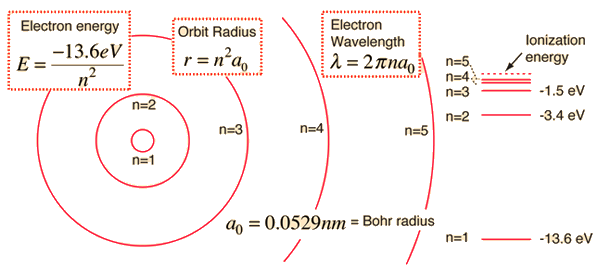From an article on Wikipedia:
For an electron to transition between two different states, (...), it must absorb or emit a photon at an energy matching the difference in the potential energy of those levels
Lets consider scenario when we have an atom with some electron in its ground state and a photon with matching energy (exactly enough to excite our electron) encountering that atom.
Questions are:
- Theoretically: do we have 100% absorption probability here?
I realize that many factors might be missing, so another version of this question is: "How physicist can correct my scenario to explain how we could (or why we could not) theoretically have 100% absorption probability?".
- Practically: I assume that we can not know the state of electron before the measurement. Therefore, the state of electron must be uncertain (being in a superposition of states). However, can we somehow prepare our electrons in a lab (so they will occupy only its ground state) to actually produce "100% absorption probability"?



